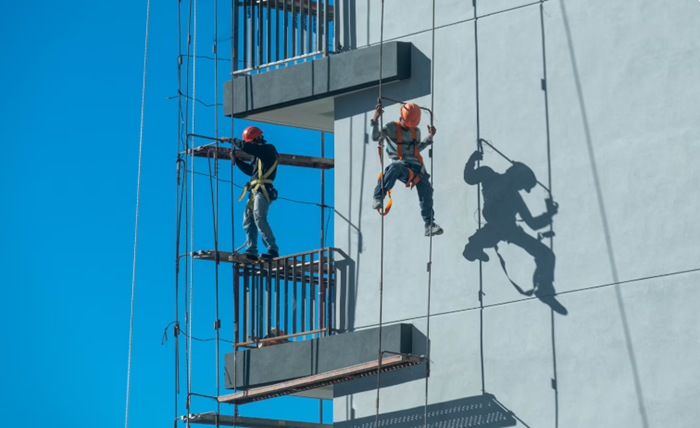Construction sites are inherently hazardous environments, where the risk of accidents and injuries is ever-present. Among the many dangers workers face, falls from height remain one of the most significant causes of fatalities and serious injuries in the construction industry. It is within this context that the importance of temporary edge protection systems comes to the forefront — a vital component in safeguarding workers and ensuring compliance with safety regulations.
Understanding the Role of Temporary Edge Protection
In the realm of construction safety, temporary edge protection systems are essential for preventing falls when permanent barriers are not yet in place. These systems provide a physical barrier that guards open edges during the various phases of construction, maintenance, or demolition. The implementation of reliable edge protection is not only a moral and ethical obligation but also a legal requirement in many jurisdictions.
Legal Obligations and Standards
The implementation of temporary edge protection is underpinned by strict legal standards which dictate safety practices on construction sites. The guidelines are designed to ensure that every worker operating at height does so with the utmost security. Companies must adhere to these standards to avoid legal repercussions that might stem from workplace accidents.
Assessment and Planning for Edge Protection
A thorough risk assessment is the starting point for any edge protection strategy. This process involves identifying potential fall hazards, evaluating the height of the work area, and considering the duration and complexity of the tasks. Once risks are assessed, planning for the right type of temporary edge protection can commence, tailored to each specific construction project’s needs.
Selection of Appropriate Systems
Selecting the correct temporary edge protection system is crucial for its effectiveness. These systems come in various forms, including guardrails, safety nets, and screens. The choice depends on numerous factors, such as the nature of the work, the layout of the construction site, and the interaction with other safety measures.
Installation and Maintenance of Edge Protection Systems
The installation of temporary edge protection systems must be carried out by competent personnel who understand the intricacies of safe assembly and dismantling. Maintenance checks are equally important to ensure that the edge protection remains secure during its deployment, with regular inspections to monitor for any damage or wear and tear.
Training and Awareness
Effective utilisation of edge protection systems requires proper training and awareness for all site workers. Educating the workforce on the correct use and potential risks associated with working near unprotected edges reinforces the collective responsibility for site safety.
Integrating Edge Protection with Other Safety Measures
While temporary edge protection systems are critical, they must be part of a comprehensive safety plan. Integration with other safety measures such as personal fall protection equipment, safe work practices, and emergency procedures contributes to a multi-layered approach to fall prevention.
Challenges and Solutions
Edge protection in construction often presents various challenges, including complex structure shapes, changing site conditions, and weather variables. Innovative solutions, such as modular and adaptable edge protection systems, can help to address these challenges, ensuring safety remains uncompromised.
Case Studies and Best Practices
The efficacy of temporary edge protection systems is best demonstrated through case studies that highlight successful implementations. These narratives serve as powerful illustrations of best practices, showing how strategic edge protection planning can dramatically reduce the risk of falls on construction sites.
Technological Advancements
The construction industry continually benefits from technological advancements in safety equipment, and edge protection systems are no exception. Modern systems are not only more robust and easier to install but also incorporate advanced materials and designs that improve overall safety significantly.
The Cost-Benefit Analysis of Edge Protection
Investing in high-quality temporary edge protection systems may incur initial costs, but the long-term benefits, including the avoidance of costly accidents and potential litigation, far outweigh these expenditures. A cost-benefit analysis helps stakeholders understand the value of such safety investments.
Environmental and Sustainability Considerations
In a world where environmental and sustainability issues are becoming increasingly important, the construction industry must also consider the impact of safety systems on the environment. Edge protection systems that prioritise eco-friendly materials and practices contribute positively to this agenda.
Conclusion
Temporary edge protection systems are a critical form of safety on construction sites, significantly reducing the risk of falls from height and saving lives. As the industry evolves, so too must the approaches to securing the perimeters of construction work areas. Builders, contractors, and site managers must continue to prioritise the implementation of temporary edge protection systems as an integral part of their site safety protocols. With the right planning, training, and maintenance, these systems can continue to be a linchpin in the effort to create safer construction environments for everyone involved.


